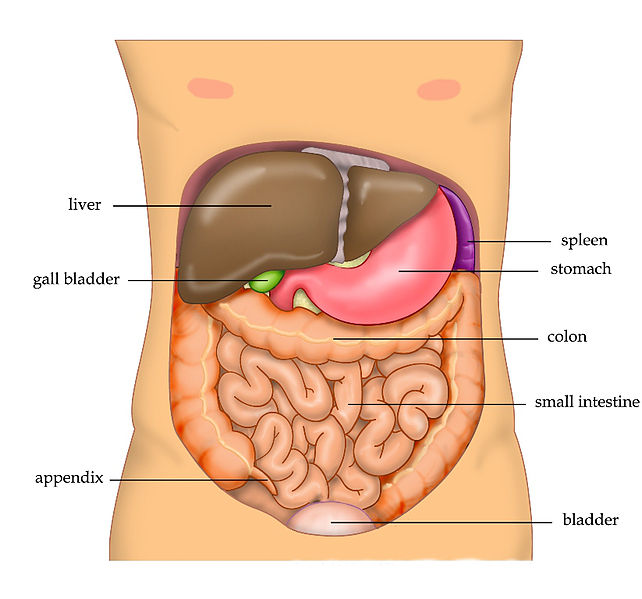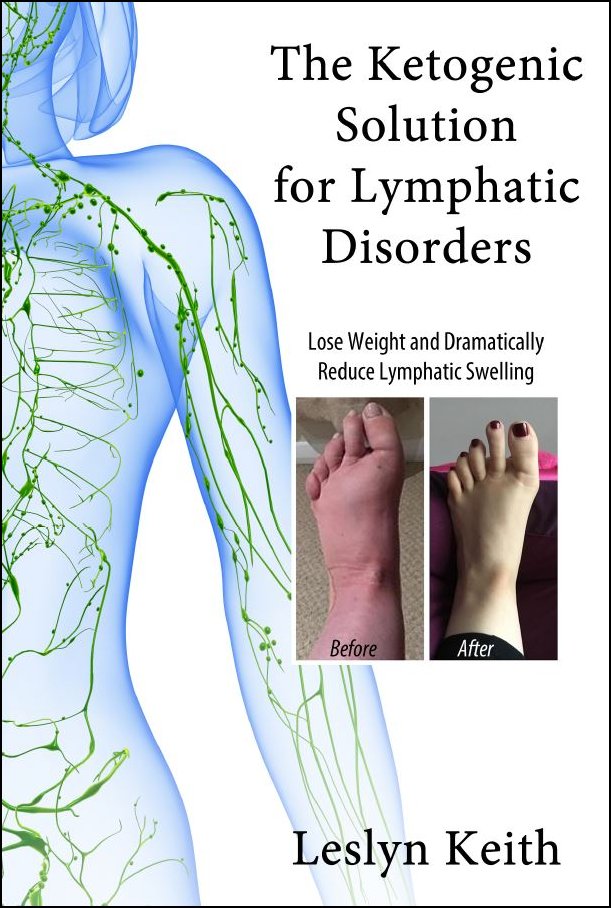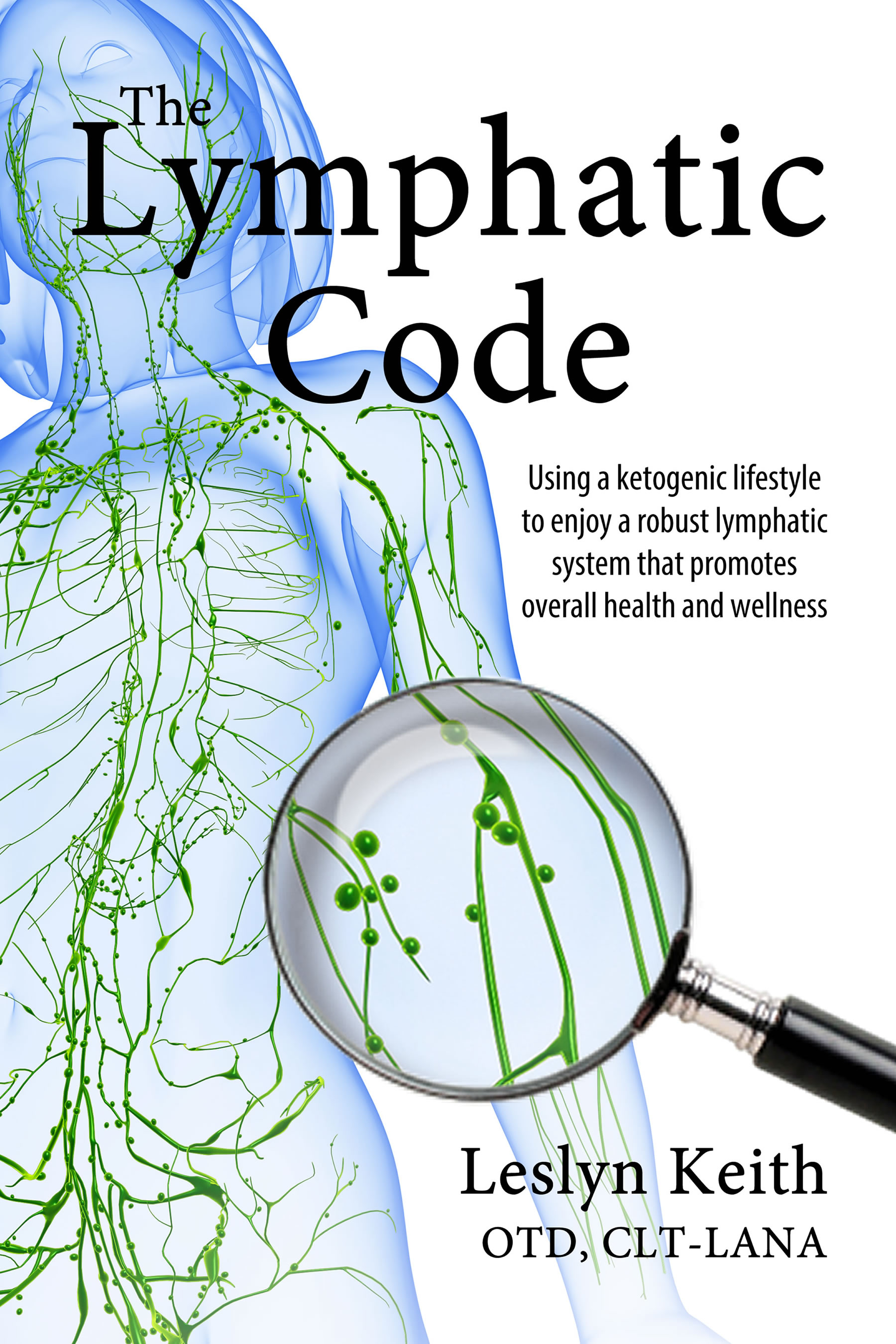Non-Alcoholic Fatty Liver Disease and Lymphatic Disorders
Non-Alcoholic Fatty Liver Disease (NAFLD) is another nutrition-related condition that is on the rise in the past century. As such, it is likely to be a condition that people with a lymphatic disorder, such as lymphedema or lipedema, may have. This is a discussion of what NAFLD is and what to do about it.
What is Non-Alcoholic Fatty Liver Disease?
Proper fat storage in humans occurs mainly in subcutaneous fat tissue - that is, the fat tissue under the skin. Adipose tissue under the skin has the capacity to keep us warm and protect us from damage if we get hit. That same fat also fuels our immune functions through the lymphatic system. When fat is in subcutaneous adipose tissue, the immune system has easy access to it. Not so if the fat is stored around internal organs, such as kidneys, heart, liver, or spleen.
Although we might talk about “fatty heart disease” or “fatty kidney disease,” and certainly fat around any of the visceral organs is detrimental, having fat around and in the liver is especially unhealthy. Liver functions, such as cleaning blood, modifying chemicals into the nutrients the body needs, and sending energy out to the body, are all inhibited when there is too much fat in and around the liver.
What is wrong with NAFLD?
NAFLD is only named that because people who have it say they don’t drink alcohol to excess. That doesn’t matter in the long run, as NAFLD is indistinguishable from alcoholic fatty liver disease and the course of NAFLD will follow the same trajectory as alcoholic fatty liver disease - that is, a slow deterioration of functions of the liver until, possibly, cirrhosis sets in, then complete liver failure. First, you can get steatohepatitis and fibrosis, which are characterized by inflammation of the liver and permanent loss of function. Just because it’s called NAFLD, it isn’t any less debilitating in the long run than what an alcoholic suffers from.

Fatty liver disease is characterized by fat deposits in and around the liver. Prior to the current obesity epidemic, alcohol was the most common thing that caused these ectopic fat deposits. Now, however, sugar may have surpassed alcohol as a cause of fatty liver disease. Since all carbohydrates turn into sugar in the body, fatty liver disease can be caused by a high consumption of any kind of carbohydrates, leading to the distinction: Non-Alcoholic Fatty Liver Disease (NAFLD).
It is very common to see an individual with a big belly and skinny arms and legs. It is reasonable to assume that such a person is storing excess fat around their internal organs. If the belly starts at the solar plexus and goes out and down then comes back to the waist a few inches below the belly button, this is an indication of what is called visceral fat storage, the most unhealthy kind. NAFLD usually presents itself with such an apple shape. Interestingly, lipedema ladies typically have what’s called a pear shape. That shape may have some protective value against NAFLD, although that is not certain.
What causes NAFLD?
NAFLD is caused by the same culprit I have been writing about here on this website. Carbohydrates. Remember, all carbohydrates are made of sugar molecules and they break down into simple sugars in the bloodstream. There are several types of sugars that make up carbohydrate foods we eat, but the one that is of most concern in the case of NAFLD is fructose. Table sugar, which is probably the most common sweetener used, is half sucrose and half fructose. But that’s not the only place you get fructose on Standard American Diet (SAD). Fructose is an additive in just about all processed foods. It makes up about half of high fructose corn syrup. Fructose is also the sugar you taste when you eat fruit. Fructose is metabolized differently from glucose in the body and it has the most detrimental effect on the liver. Its effect is similar to alcohol on the liver. Fructose has the interesting quality of not eliciting an insulin response, so there is no impetus to push fructose into cells as it transits around in the blood. Therefore, it all ends up in the liver which has to deal with it somehow to prevent potential damage to the body if left in the blood. So, the liver converts the fructose to fat and stores it where it must, and that ends up being in and around the liver. This can only go on for so long if there is no demand for that stored energy - and that is what fat is: stored energy - then you start to get loss of liver function.
Before too much function is lost, it is a good idea to go to the doctor and get a liver ultrasound, which will show whether NAFLD is present. If you have an apple shape or a big belly that hangs over your belt, I recommend that you get this quick and reliable test.
If you find that you have NAFLD, what can you do?
The best thing you can do to combat NAFLD is to cut out fructose in the diet. What would this look like? First, don’t eat or drink anything that is sweetened with high fructose corn syrup. Also, cut out any fruit juice. People tend to think fruit juice is healthy, but it isn’t. It is super high in fructose. Next cut out anything that contains any kind of added sugars. Consuming sugar will cause the body to continue to store fat in and around internal organs.
A researcher I recently spoke with told me that NAFLD can be reversed in as little as a few weeks. That’s great to learn. What other conditions do we know that can be so quickly resolved?
If you want to be even healthier, I recommend that you cut back on all carbohydrates. Eating fat will not cause the body to deposit fat in and around visceral organs. In fact, the heart runs on the fat we consume and the byproducts of dietary fat metabolism is ketones which fuel all the internal organs quite well and efficiently.
Here’s a study that found benefit of a carb restricted diet on steatohepatitis:
https://www.cell.com/cell-metabolism/fulltext/S1550-4131(18)30054-8
So, get rid of NAFLD easily and enjoyably with a ketogenic way of eating.
Books by Leslyn Keith, OT
|
Buy the print softcover book on Amazon Buy the E-book via Paypal |
Buy the print softcover book on Amazon Buy the E-book via Paypal |

